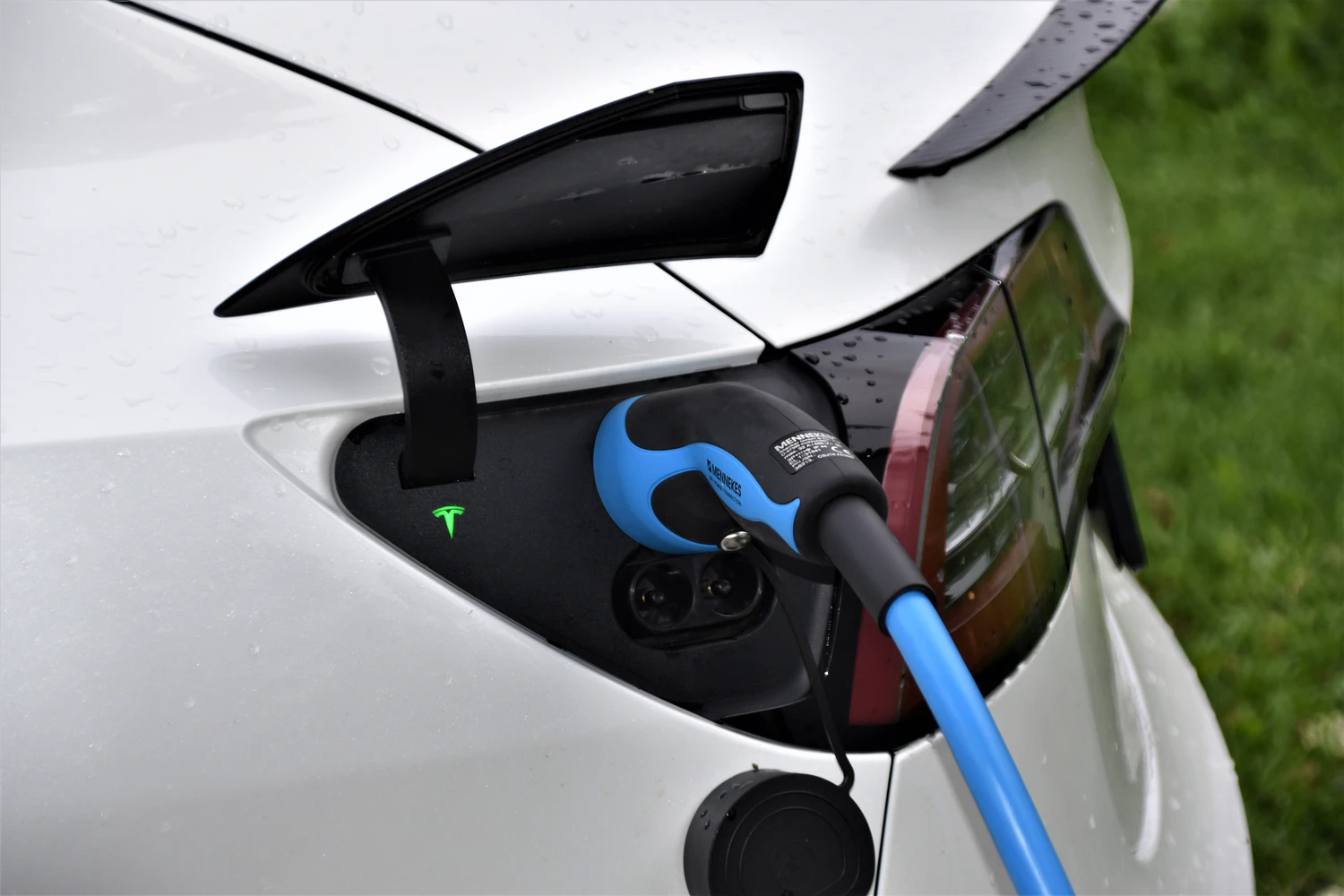Introduction
Tesla has encountered a relatively large-scale negative issue in China. After losing control and catching fire, there was a problem of damage after charging. Here we will explore the cause of the whole event and analyze the entire situation.
Basic situation of the event: On January 21, after Model 3 was fast charged, there was a phenomenon of power outage and inability to start. The owner described that when the Tesla supercharger was fully charged and ready to leave after unplugging the charging head, the vehicle shook violently, and then a series of fault codes appeared on the main screen, resulting in a phenomenon of power outage and inability to start.
Description from Tesla’s after-sales staff:
The current overloaded when the charging gun was pulled out caused the smoke and fire fuse to melt and the vehicle inverter was damaged. The voltage of the national power grid suddenly increased, and the voltage of the supercharger will also increase along with it.
Note: This reply is indeed a bit nonsense, and the description is completely untenable.
Specific Analysis
Let’s start from the high-voltage system architecture. This system consists of two main positives and two main negatives that work in a closed state for a long time.
The two contactors of the fast charging charging are responsible for intervening in the high-voltage system. During the charging process, the PCS is working, and the drive system can also work to heat the battery system, that is, the inverter bus is charged.
Of course, the main screen can still display. It is also possible that after the inverter is damaged, Tesla’s mechanism is that the 12V system is not damaged. From the information currently available, there are two possibilities:
1) The high-voltage system cannot be energized, because the inverter burns out, and the high-voltage contactor cannot close after external short circuit. Of course, if only the inverter is damaged and the failure mode is open circuit, the system can still be energized. This also depends on the protection strategy of the entire vehicle.
2) If the car window cannot be closed, it means that the 12V system has also been damaged to a certain extent. Of course, here, Tesla may choose to shield all high-power loads after this fault occurs, and only allow the screen to display.
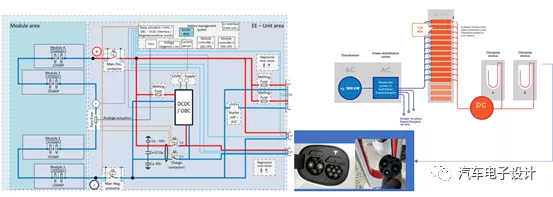
Let me briefly discuss this issue, assuming the situation where the 12V system has problems starts with the 12V power supply.

1) According to the entire distribution system, there are two possibilities. One is that the high-voltage pulse of the charging machine’s bus passes through coupling and goes to PCS (DC-DC that converts high voltage to 12V), as shown in the figure below, that is, the high-voltage and high-energy pulse is coupled to the 12V system, causing damage to the system.Translate into English Markdown with HTML tags preserved:
![The PCS was damaged due to input voltage fluctuations, mainly caused by internal filtering issues. As this only occurred after accumulating a total stock of 1 million units, it is highly unlikely that the issue was caused by battery fluctuations in the DCDC. It was likely caused by a high voltage surge experienced by the charging connection during its power-on phase, leading to damage in the low-voltage system. In addition, while it is possible that the voltage was coupled from the 12V charging interface, this is unlikely given the unique Tesla-designed charging interface. The charging door and preliminary processing are implemented within this board, thus if it were damaged and coupled to the 12V system, the controller would be the first to detect it. Note that the Tesla charging interface design is different from that of GBT and does not rely on the charging station’s 12V supply for judgment, instead using PWM on CAN carrier frequencies without a direct connection to the 12V supply within GBT.]
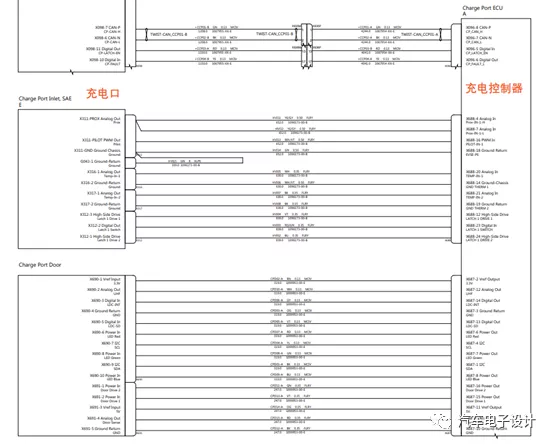
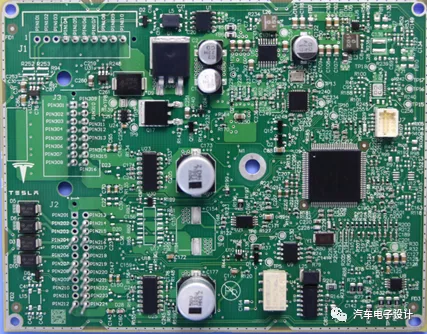
Issue at hand
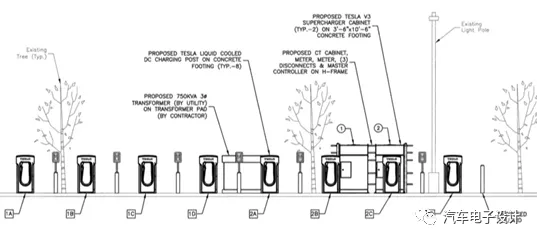
I believe that as Tesla pushes forward with its supercharging network, there arises an imbalance between input AC power and output power due to limitations on input power under different charging conditions on a per-station basis. This design flaw has resulted in a significant difference in power loads, requiring the use of energy storage systems to maintain balance. This kind of event could occur at different charging stations (V2 and V3) for multiple vehicles. If the system is not properly designed to balance these loads, there may be a significant discrepancy in power consumption, leading to a chain reaction of events that could severely affect Tesla’s charging module. Also, the fluctuation of the power grid at 380V could contribute to this issue.Summary: Recently there have been numerous negative news related to Tesla, but it is mainly due to the fact that a lot of car owners are buying Tesla for the first time. It is a natural response for Tesla to encounter certain problems in infrastructure and service as it rapidly expands in China.
This article is a translation by ChatGPT of a Chinese report from 42HOW. If you have any questions about it, please email bd@42how.com.
